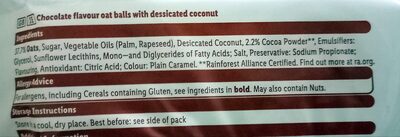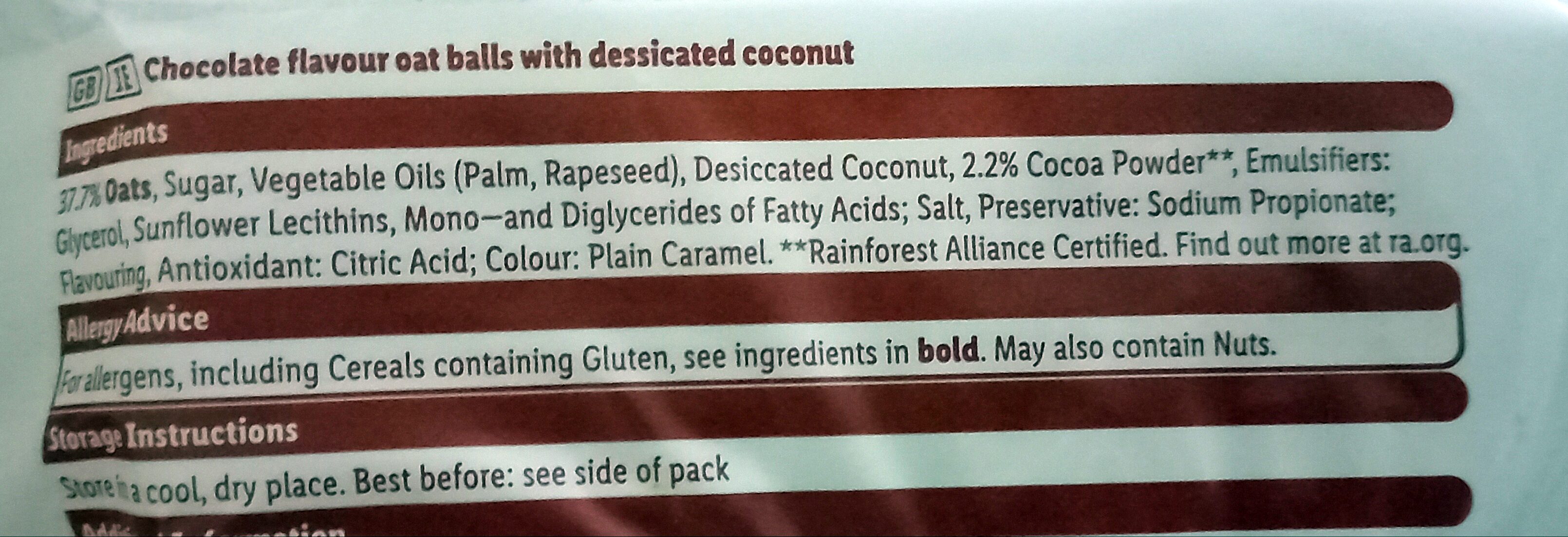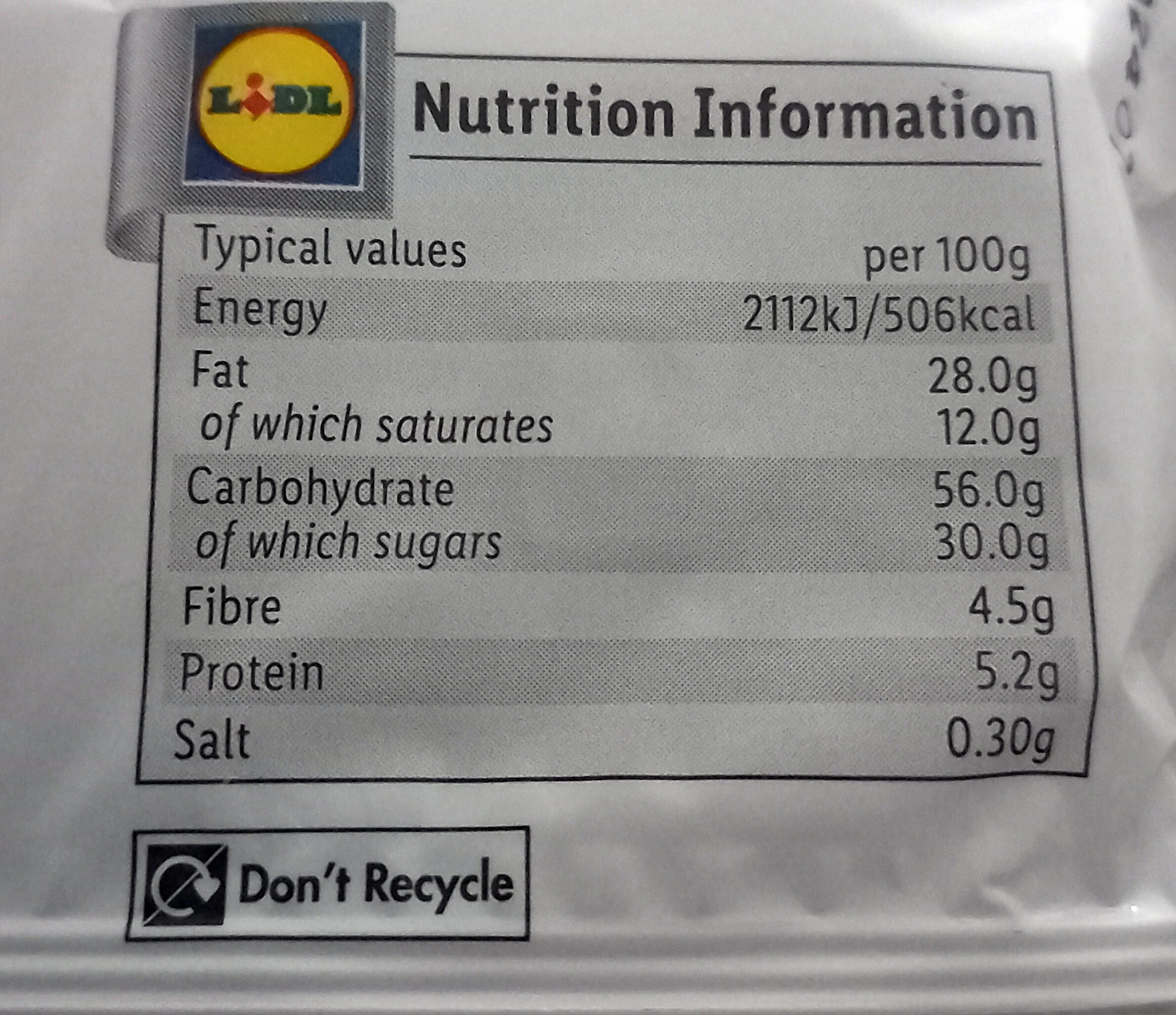Chocolate flavour oat balls - Søder Garden - 240g
This product page is not complete. You can help to complete it by editing it and adding more data from the photos we have, or by taking more photos using the app for Android or iPhone/iPad. Thank you!
×
Barcode: 4056489768197 (EAN / EAN-13)
Common name: Chocolate flavour oat balls with dessicated coconut
Quantity: 240g
Brands: Søder Garden
Categories: en:Snacks, en:Sweet snacks
Labels, certifications, awards:
en:Vegetarian, en:Vegan, en:Rainforest Alliance, Rainforest Alliance Cocoa
Stores: Lidl
Countries where sold: An Rìoghachd Aonaichte













